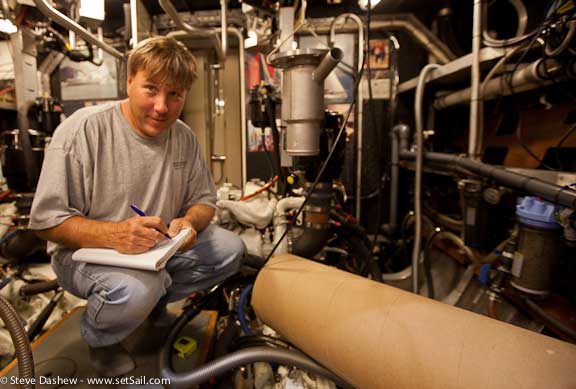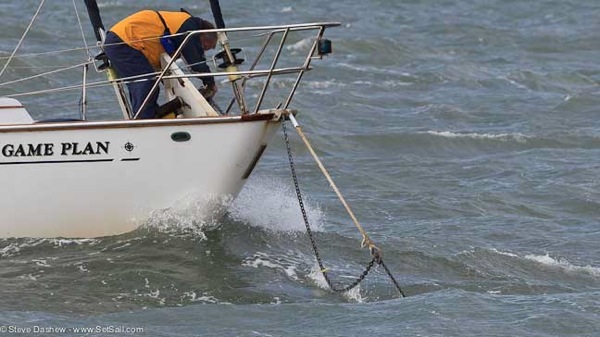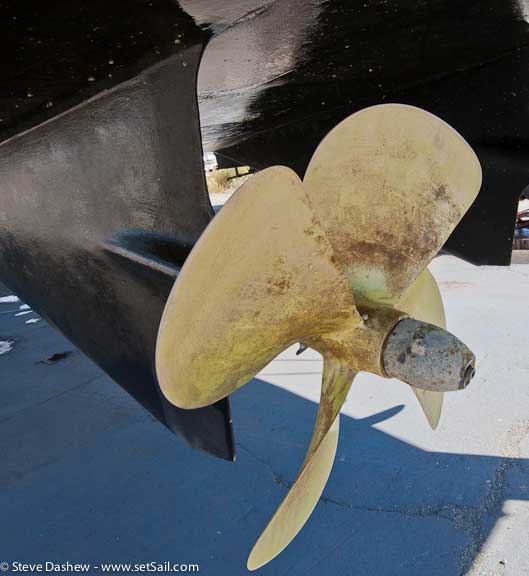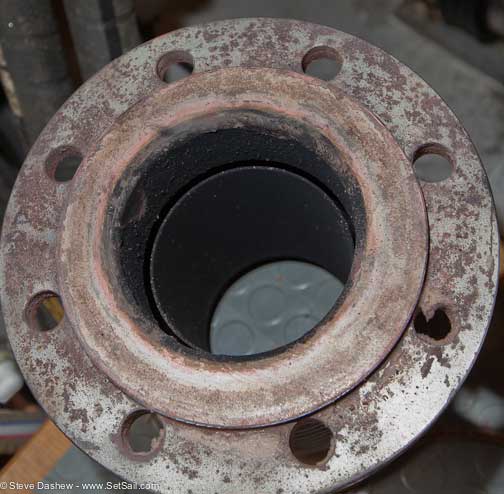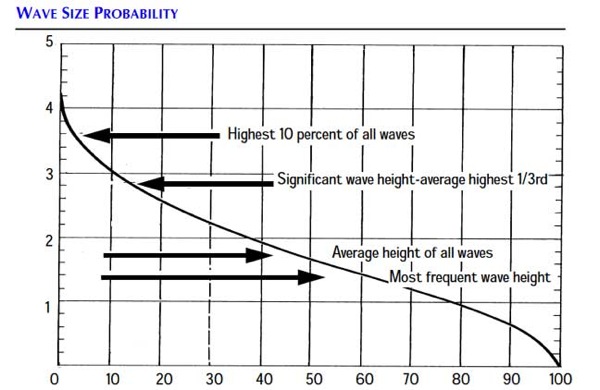
When we wrote our book on survival storm tactics, Surviving the Storm, in 1999, we had no practical experience with powerboats. As a result, we relied upon interviews with a variety of professional seamen. We now have a bit of real world experience, and lots more anecdotal information on heavy weather powerboat tactics. As the FPB 64 Owner’s Manual is about to have its storm tactic chapter written, we thought this a good time to update our general powerboat tactics information as well.
We would normally wait until both were complete before excerpting these on SetSail, however, the video below has some important lessons we want to make it available now. More will follow in the coming months.
Over the years, we have made a habit of studying all manner of heavy weather incidents. Situations like the 1979 Fastnet, the Queen’s Birthday Storm, and 1998 Sydney Hobart race are full of lessons for designers, builders, and sailors alike. But the material we have to use, interviews, synoptic data, photos of waves on occasion, are limited in what they can convey about the sea. Through the heroic artistic efforts of the late Steve Davis, we had a start at graphically describing survival storm tactics, but nothing we had before compares to the video that follows. The unique camera position is ideal for giving a sense of the sea state, and how the trawler being filmed is reacting to it. We have watched this four minutes of material dozens of times now, and still learn something new with each viewing.
We thought you might find it of interest as well. The video will initially run its full length, then you will find some slow motion clips of a few noteworthy situations. And finally freeze frames–stills–of certain areas of interest. We’ll make some additional comments with a couple of diagrams at the bottom of the post.
Read the rest »
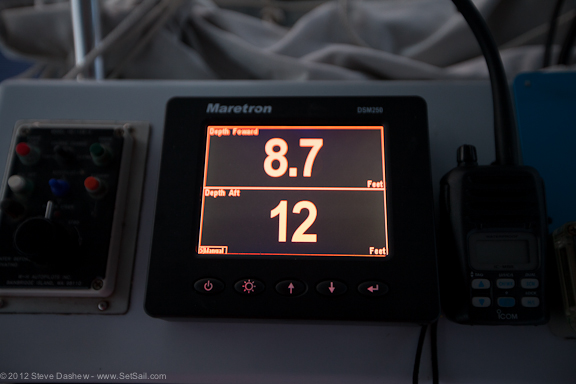







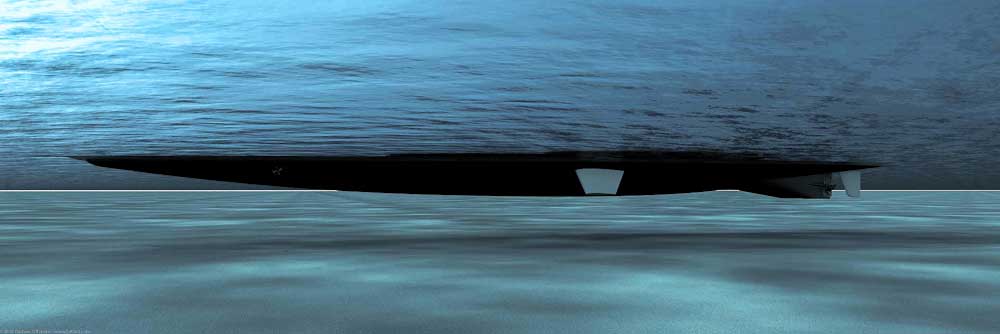



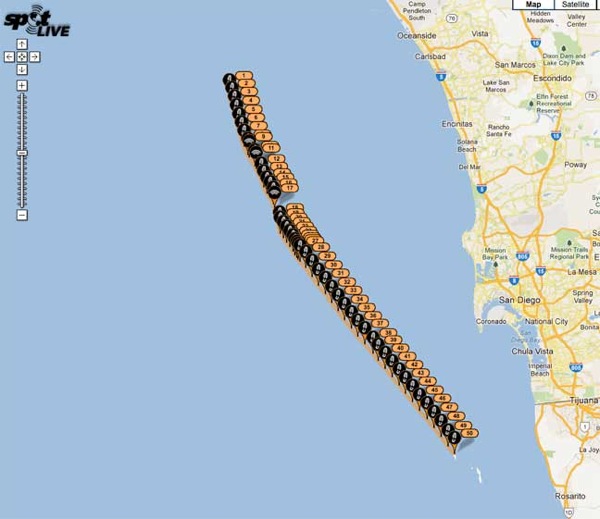
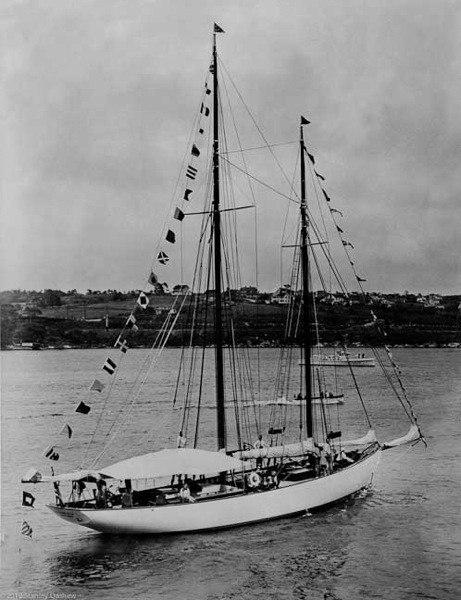
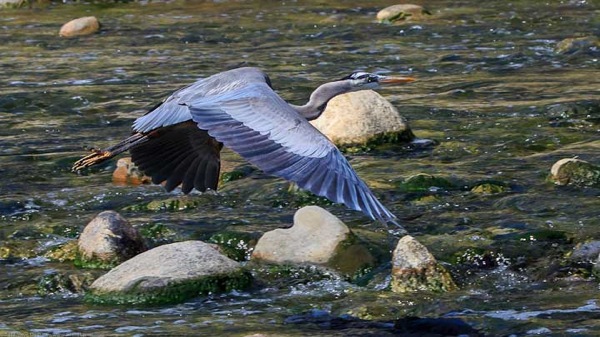


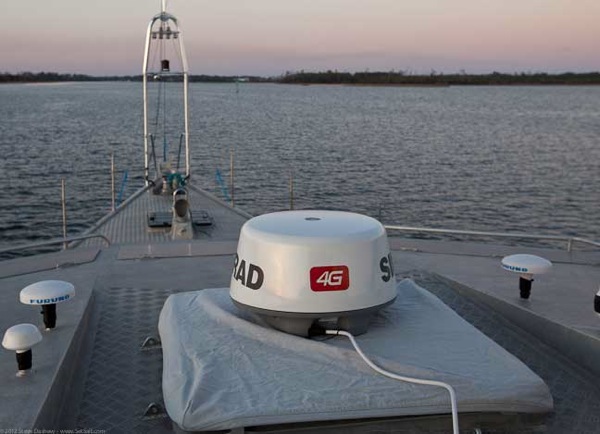
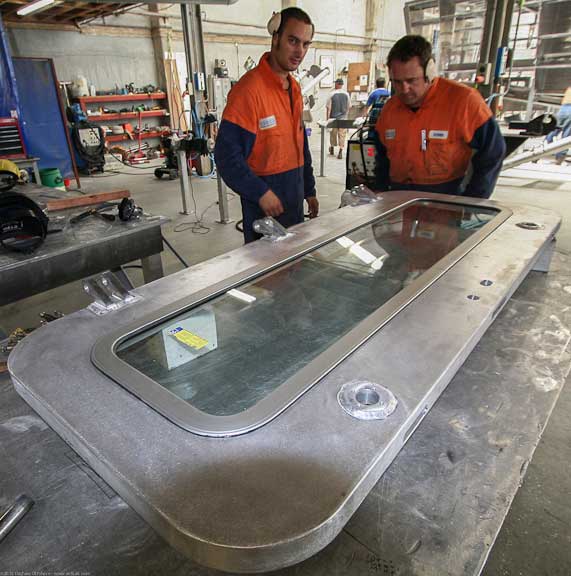
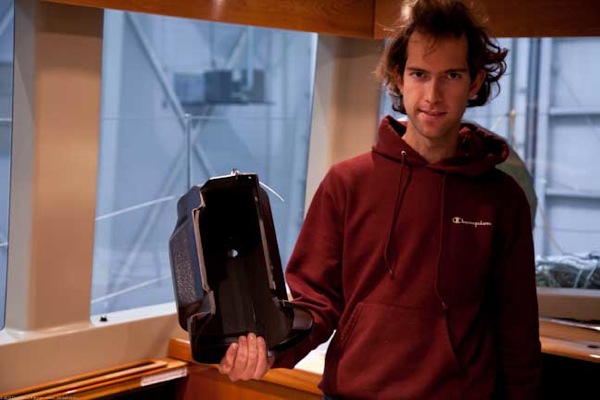
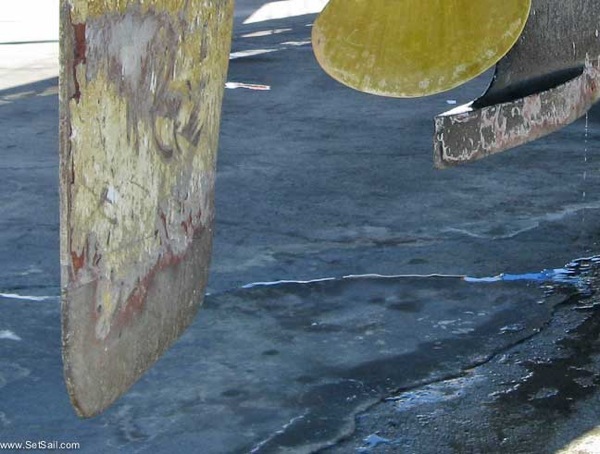
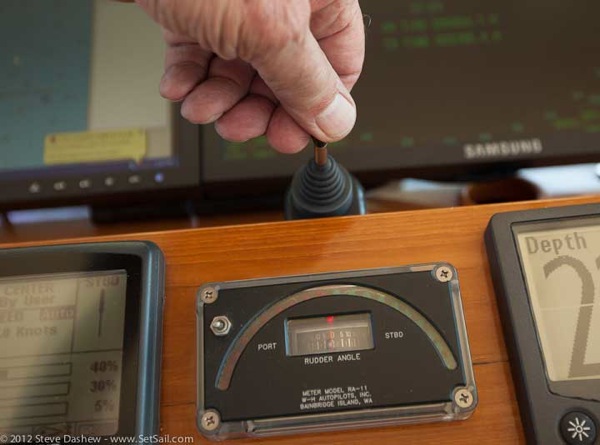
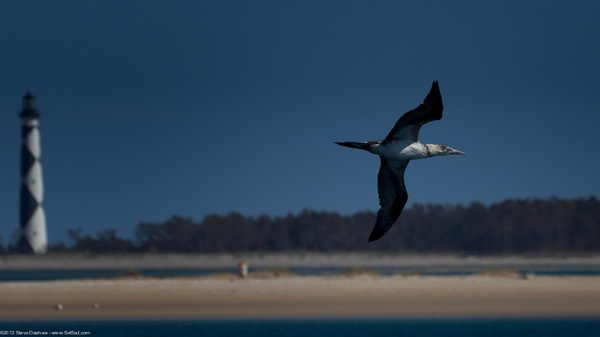

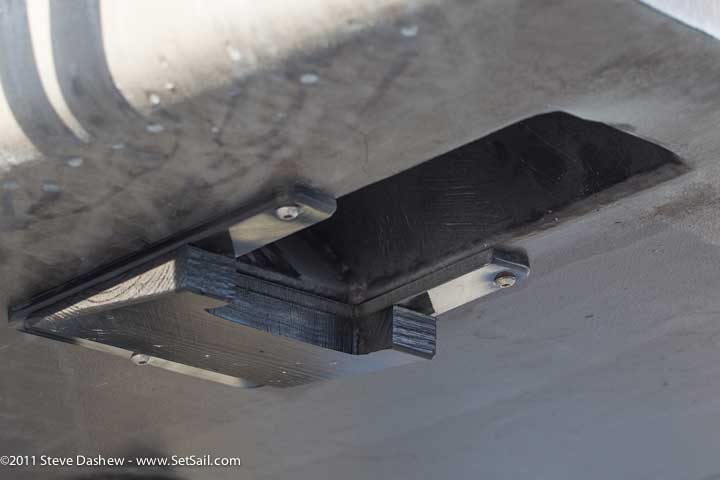
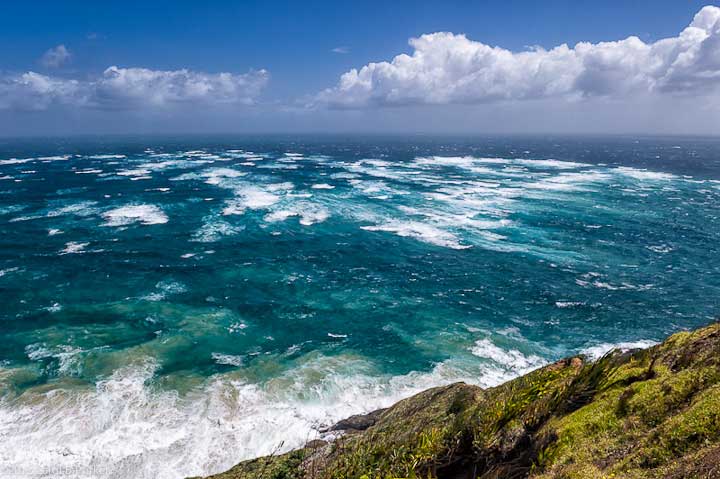


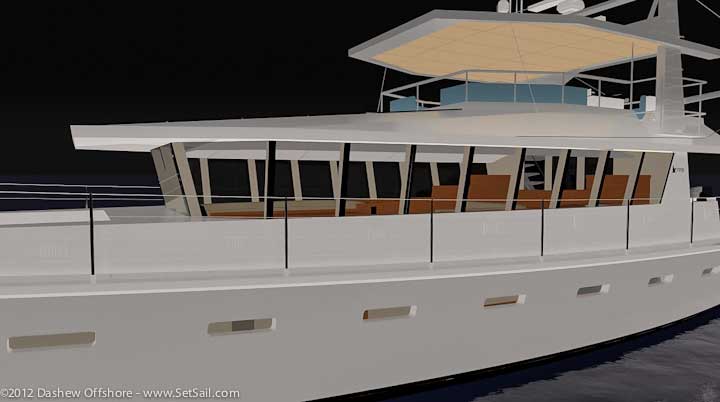







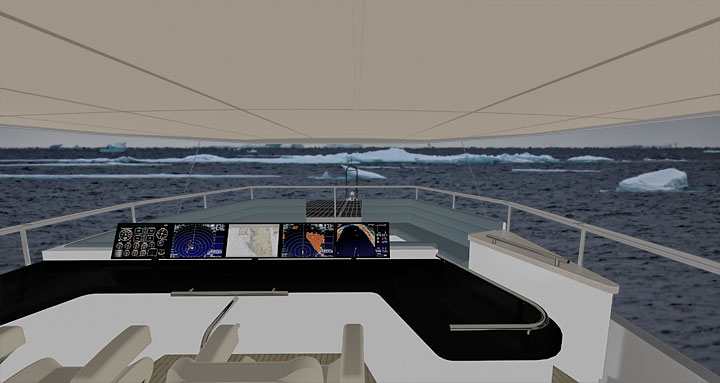

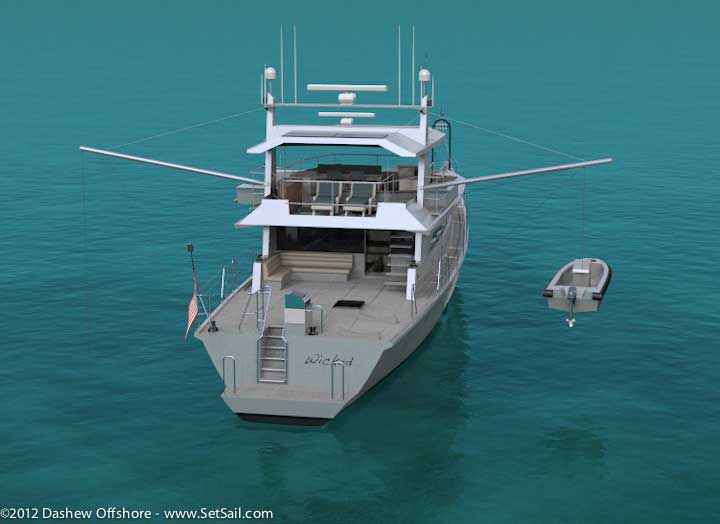


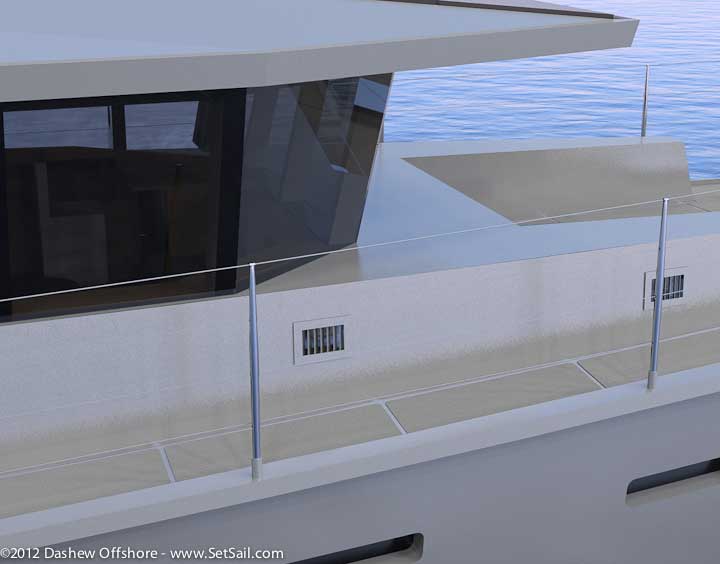
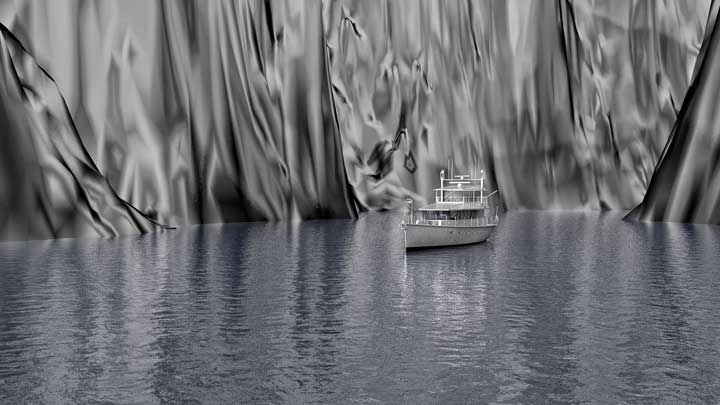
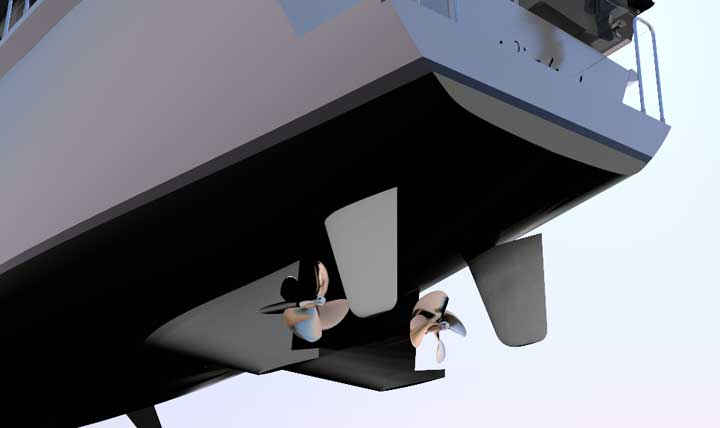
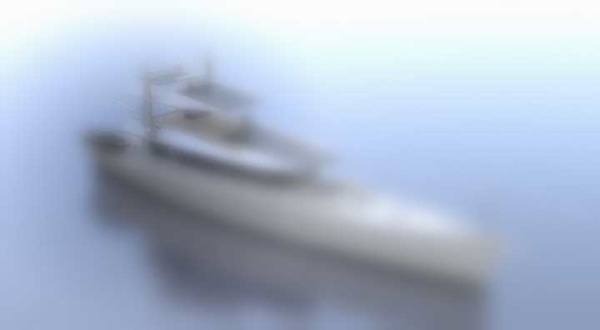


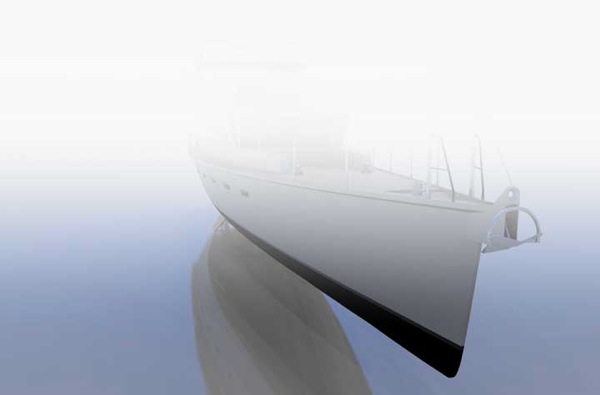

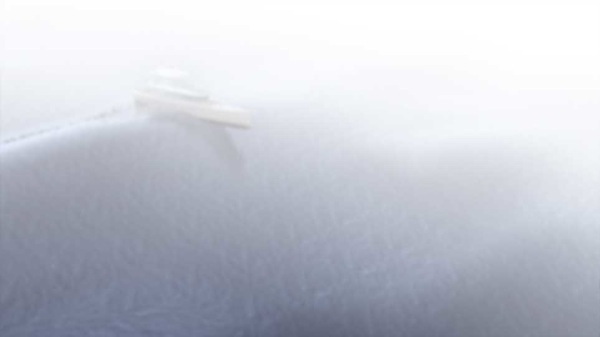
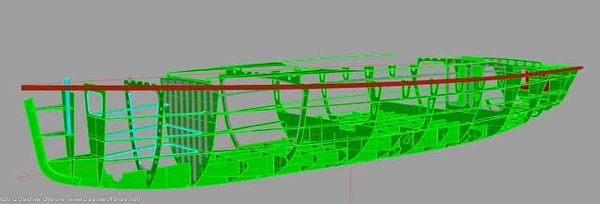


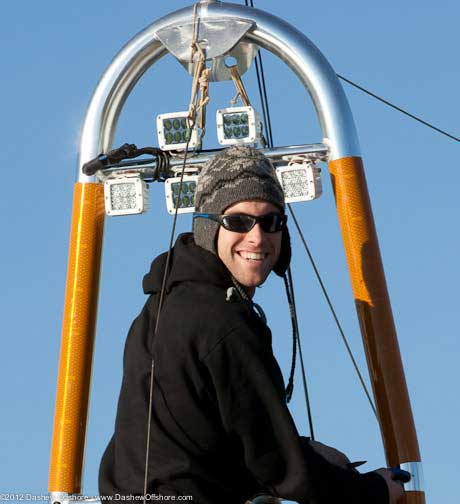
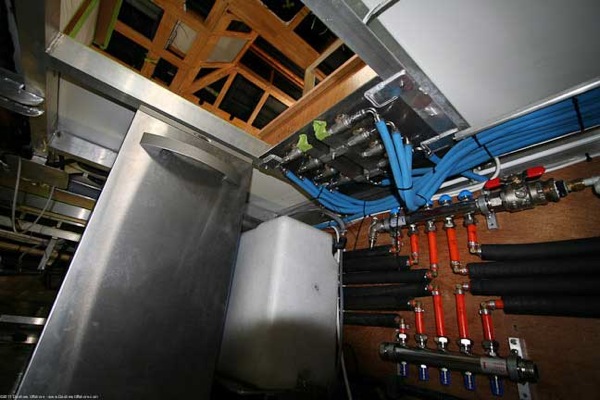


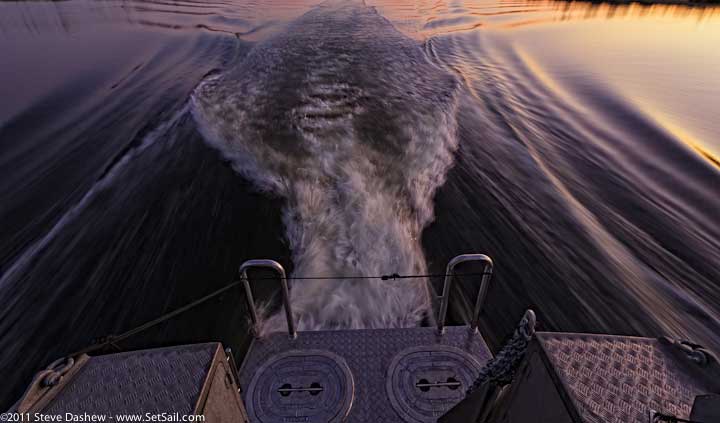

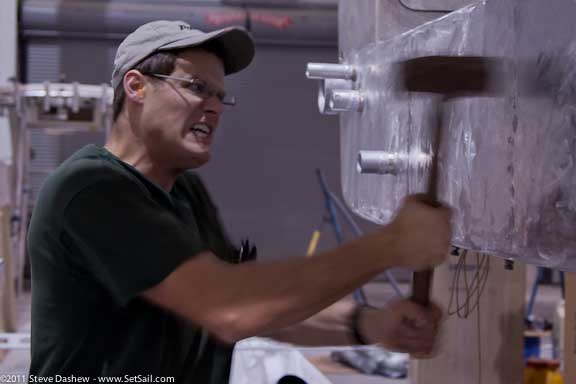

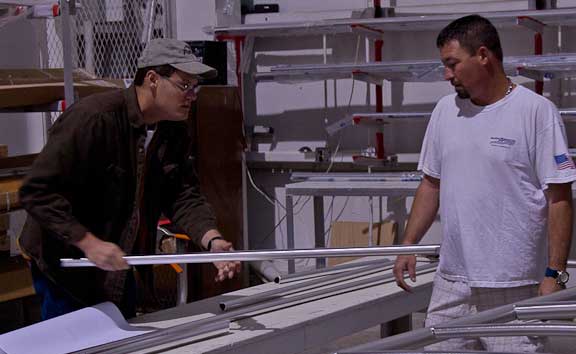
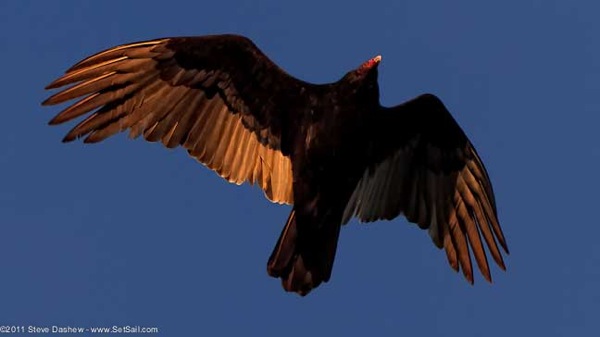

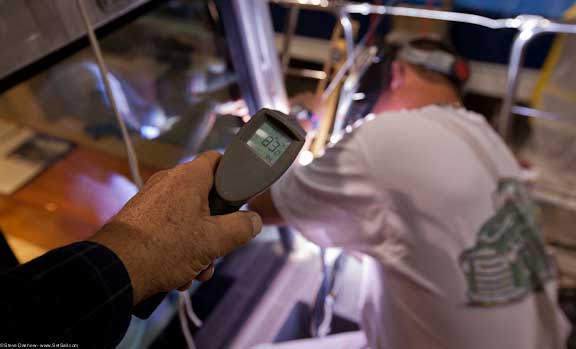
 As we were heading down the Chesapeake from Whitehall Creek we noticed a large group of schooners milling about. Turns out this was the day for the annual schooner race. The photos which follow are fun to study, and there are a couple of rig items worth noting. We’ll start with this derivative of the schooner America.
As we were heading down the Chesapeake from Whitehall Creek we noticed a large group of schooners milling about. Turns out this was the day for the annual schooner race. The photos which follow are fun to study, and there are a couple of rig items worth noting. We’ll start with this derivative of the schooner America. 
